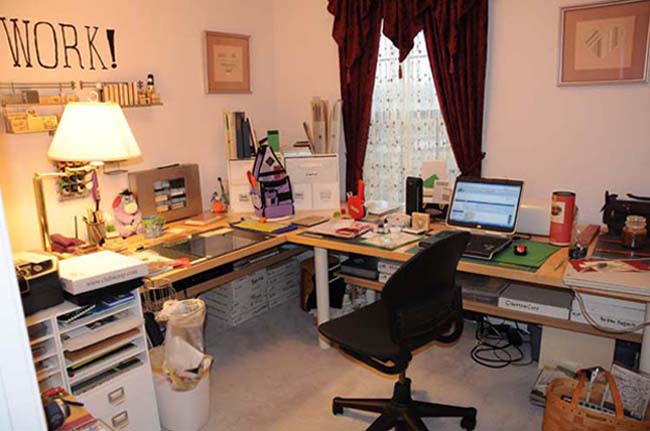This sounds like one of those horribly techno-gadget-geek-oddball-persnickety things to do to a camera. But it isn't really all that difficult. It's just a matter of taking a photo of an 18% gray card that should be well lit. Then you look at the photo in Photoshop and check that your RGB values are all relatively close to each other. You want all three numbers to be as close to 128 as possible. If your light meter is working correctly, when you are taking the photo, the camera will say it is 'just right' and then the photo will actually BE 'just right'. If your meter is reading incorrectly, the photo will be over or under exposed.
What can you do? You can set your exposure compensation to correct for this. Instead of it being 'neutral' at 0.0, it will be neutral at -0.3 or +0.3. To get a full stop of + compensation if your new neutral is +0.3, you will need +1.3 now.
If that drives you nuts, and I know it would send me right around the bend in short order, just set your ISO to be a tweak higher if your meter reads too high, (it thinks there is MORE light than there is), and to be a tweak lower if your meter reads too low (the meter thinks it is darker than it actually is).
Does this matter for shooting snapshots in natural light? Not really. When it matters is when you are in a studio with highly controlled light and fine tuning is desired. A little bit of shine goes a long way when you are talking about highlights for a portrait. And overexposed skin always looks lousy. In a studio, I would set my flashes differently to compensate for the metering issue.
Thursday, January 20, 2011
Subscribe to:
Post Comments (Atom)





No comments:
Post a Comment